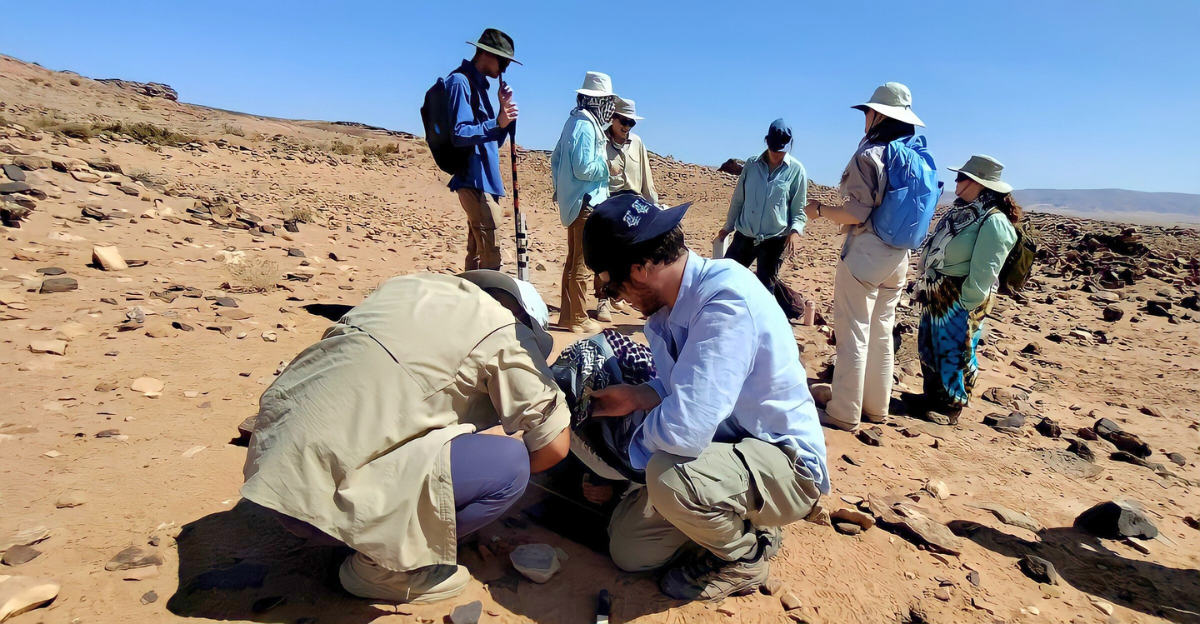
Eotephradactylus mcintireae, also known as the “ash-winged dawn goddess,” is the oldest known pterosaur in North America, having lived 209 million years ago during the Late Triassic period. This is a ground-breaking discovery from Arizona’s Petrified Forest National Park. This tiny pterosaur, which was about the size of a seagull and could perch on a human shoulder, provides a unique perspective on how powered flight first appeared in vertebrates.
This finding fills critical voids in paleontology and improves our knowledge of Triassic biodiversity and prehistoric ecological dynamics by extending the fossil record of pterosaurs in North America. This site is a scientific game changer because the fossil’s discovery contradicts earlier theories regarding the scarcity of early pterosaurs in North America.
In the Triassic Sky, Pterosaurs

The earliest vertebrates to develop powered flight, pterosaurs, flourished during the Late Triassic and Cretaceous epochs. However, because of their small, delicate, hollow bones, which rarely fossilize well, early fossils are scarce. The fossil record of pterosaurs in North America was small and unfinished until recently. By presenting a dated, well-preserved specimen from one of the earliest stages of pterosaur evolution on this continent, the discovery of E. mcintireae in Arizona rewrites this story.
As a result, it changes accepted scientific viewpoints by resetting the chronology and geographic location of pterosaur evolution in North America. This also demonstrates how local conditions affect the patchiness of the fossil record, a conundrum that has long baffled researchers studying Triassic paleontology.
Paleontological Importance: Closing Important Fossil Deficits
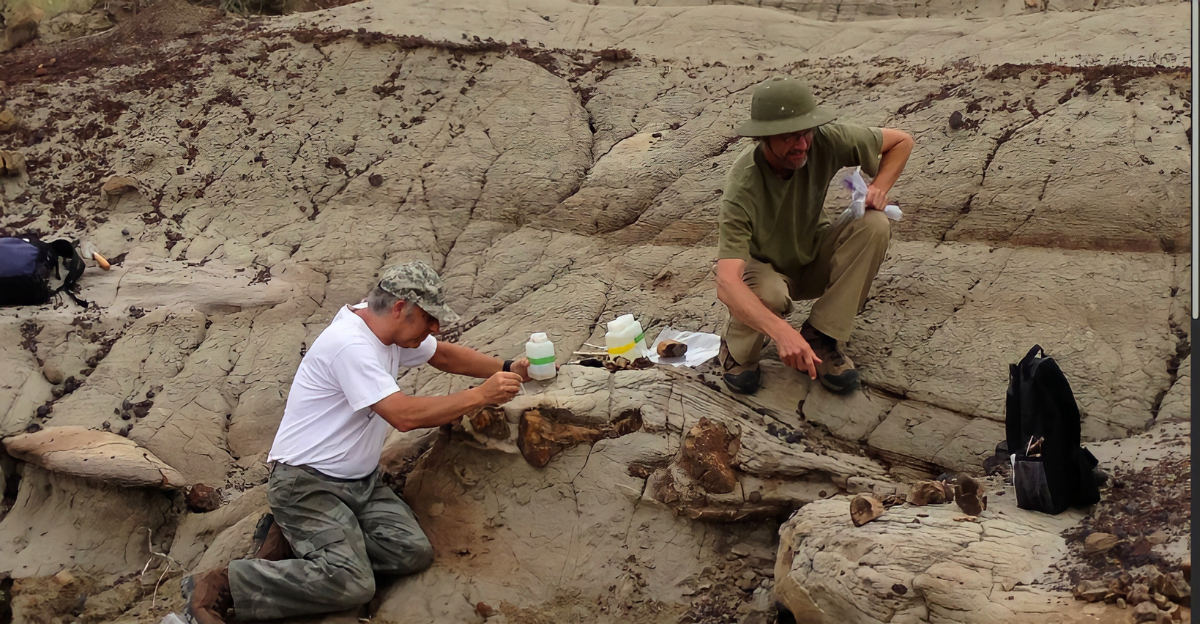
With more than 1,000 fossils, including E. mcintireae, the Arizona bonebed is a significant Triassic fossil treasure trove. Notably, this location also produced freshwater sharks, large amphibians, armored crocodile ancestors, and one of the oldest known turtle fossils, indicating a dynamic and ecologically diverse environment just prior to the end-Triassic mass extinction.
By demonstrating the coexistence and interaction of disparate species, this multispecies assemblage challenges isolated evolutionary narratives and advances a comprehensive understanding of Late Triassic terrestrial and freshwater ecosystems in North America. Beyond the reconstruction of fauna, the site is significant because it provides a unique window into the food webs, ecosystem structure, and environmental stressors that preceded mass extinction.
Triassic Time Capsule: Geological and Environmental Context

Because of the special geology of the fossil bed, a sediment from a floodplain with volcanic ash scattered throughout, fragile fossils that would typically break down quickly under normal circumstances were remarkably preserved. Dating methods provided previously unheard-of temporal resolution for Late Triassic fauna by precisely tying the fossils to 209.2 million years ago. Archaic giant amphibians and crocodile-like reptiles coexisted with evolutionary newcomers like turtles and pterosaurs in this setting, which served as an evolutionary crucible.
Similar to other well-known fossil Lagerstätten deposits around the world, this geological viewpoint emphasizes how episodic volcanic activity can paradoxically advance scientific understanding by encasing minute snapshots of life. As a result, this Arizona site enhances global stratigraphic correlations and evolutionary timelines by contrasting and complementing other Triassic fossil localities.
Reevaluating the Evolution of Pterosaurs in North America
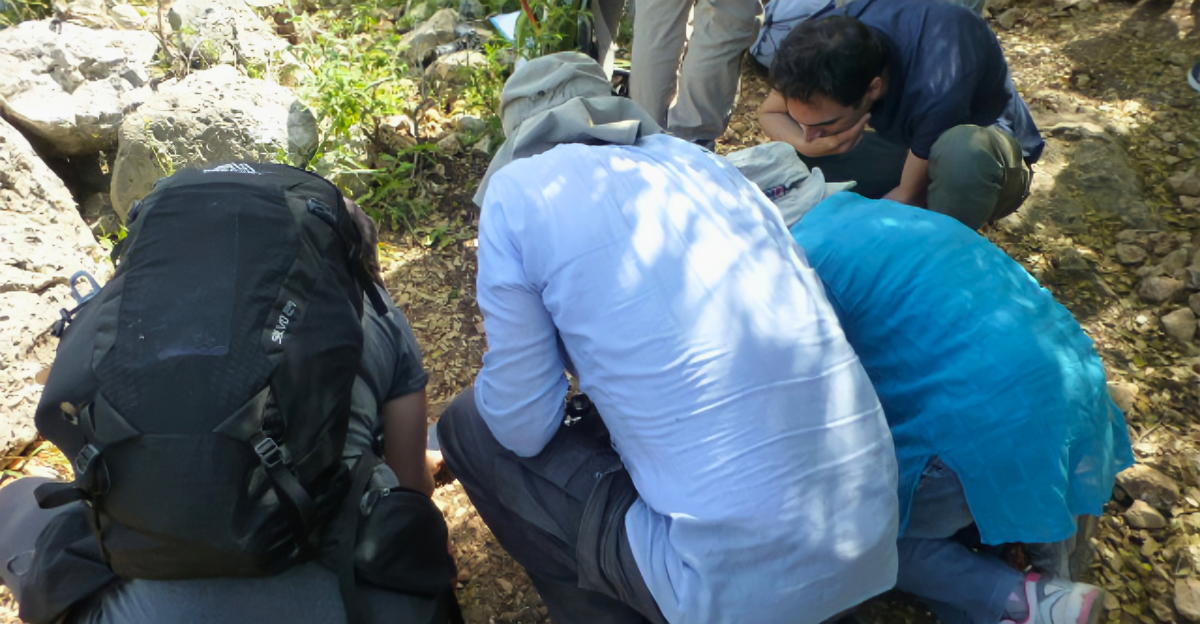
The prevailing belief was that the majority of early pterosaur specimens were found in other regions, like Europe or South America, and that North America was merely a peripheral part of the evolution of these animals. However, this Eurocentric and South American dominance view is called into question by the discovery of E. mcintireae.
This finding stimulates interdisciplinary research involving paleogeography, climate modeling, and evolutionary biology by raising questions about the relationship between continental drift and species dispersal. Most significantly, it highlights the significance of expanding exploration to rectify distorted evolutionary narratives and challenges the implicit bias in fossil research resulting from historical collection sites and scholarly focus areas.
Ecological Perspectives: The Way of Life and Function of the Early Pterosaur

Given that the worn tooth tips and the presence of armored fish remain in the same strata, the morphology of E. mcintireae’s jaw and teeth suggests a diet that was probably primarily fish-based. This demonstrates the early pterosaurs’ evolutionary function in floodplain ecosystems as tiny aerial piscivores or insectivores. Their size, which is comparable to that of a seagull, and the shape of their wings indicate that they moved near the water’s surface, taking advantage of niches that were different from those occupied by the giant pterosaurs that would eventually emerge.
More generally, this trophic inference highlights the evolutionary innovation exemplified by pterosaurs, the first vertebrates to fly, thereby anticipating the flight ecosystems of birds and bats. Their niche partitioning probably affected predator-prey dynamics and ecosystem stability, as well as the evolutionary paths of species that lived at the time.
Technological Developments in Fossil Recognition
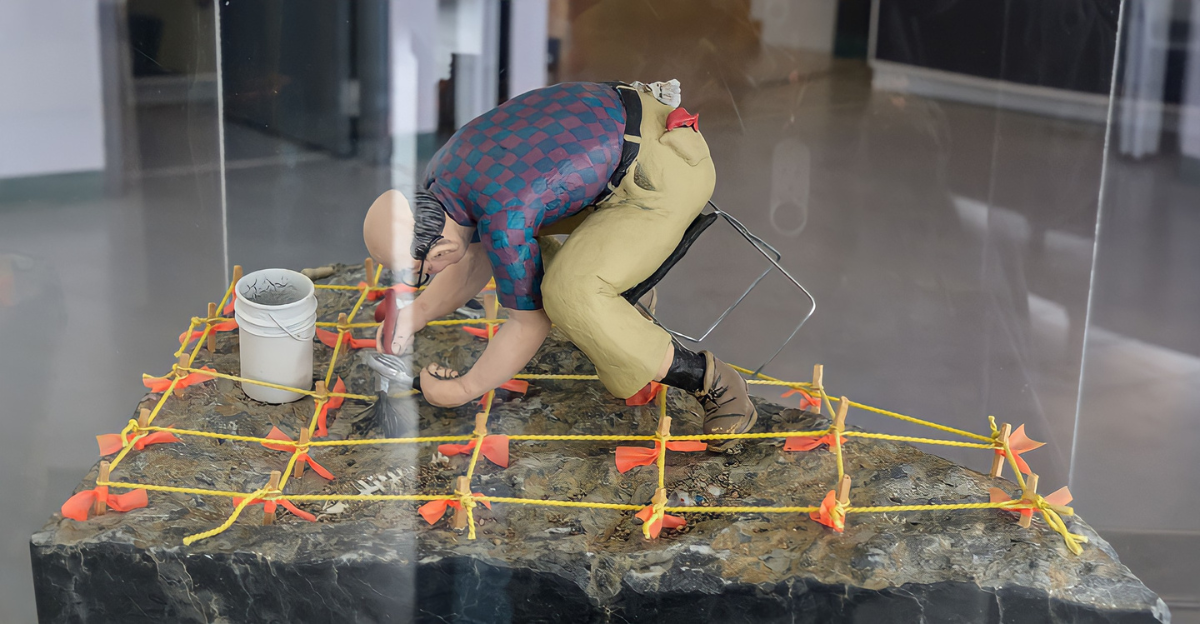
It took careful microscopic examination and comparative anatomy using a “Rolodex” of Triassic jaw morphologies to identify the fossil as a pterosaur. Some experts first suggested mammalian or reptilian identities in response to the brittle jawbone.
It also emphasizes the growing capacity to glean valuable information from fragmentary remains, expanding our knowledge of the fossil record. Evolutionary puzzles are increasingly being solved with the help of emerging techniques like micro-CT scanning, 3D digital reconstruction, and geochemical fingerprinting, which transform previously inconclusive fragments into crucial evidence.
Wider Consequences for Paleoecology and Evolutionary Biology
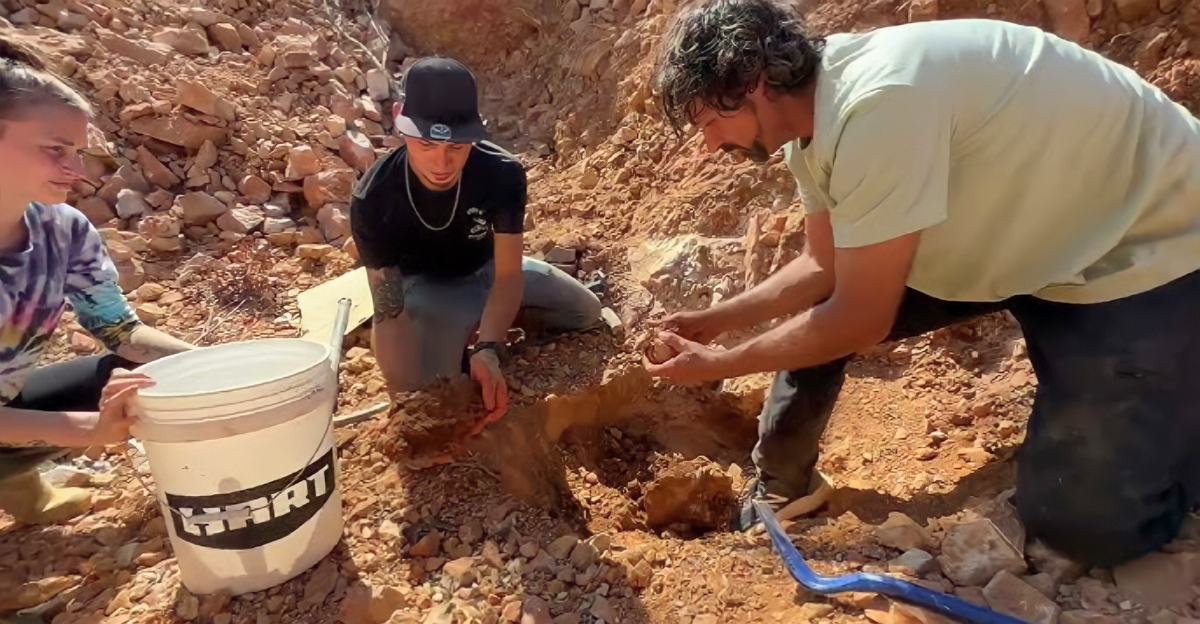
By presenting a vibrant, multispecies ecosystem on the brink of collapse but alive with evolutionary experimentation, the Arizona discovery upends oversimplified narratives about the evolution of vertebrates in the Triassic. The coexistence of emergent groups such as pterosaurs and turtles with old-lineage amphibians highlights evolutionary overlaps and survival strategies in response to environmental stressors.
By improving models that forecast vertebrate reactions to contemporary ecological stressors, the discovery could revolutionize paleobiologists’ inference of adaptive radiations and extinctions in deep time and provide analogs for the current biodiversity crises. Scientists can gain a better understanding of how ancient species dealt with habitat fragmentation, competition, and climate fluctuations by incorporating the findings from this fossil site into larger models of Mesozoic ecosystem dynamics.
Distinct Storytelling and Learning Benefits
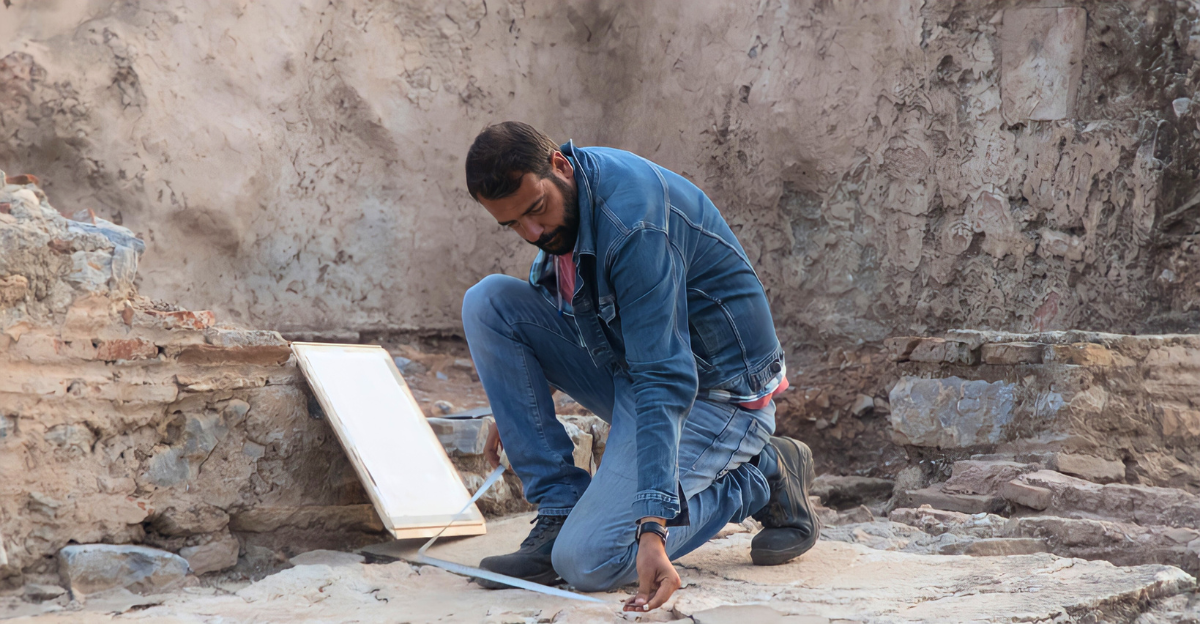
By telling a gripping tale of a tiny, seemingly unnoticeable flying reptile—small enough to perch on your shoulder—that predicted the emergence of dominant Mesozoic vertebrates, this discovery encourages public participation. Its name, which is reminiscent of the Greek goddess Eos, gives paleontology a humanistic and mythological aspect that makes the science approachable and motivating.
In light of growing environmental threats, it also offers a critical framework for teaching about the vulnerability of fossil preservation and the significance of safeguarding fossil sites. Storytelling combined with scientific data can increase public understanding of the intricacies of evolution and highlight how discoveries influence our knowledge of life on Earth, fostering empathy and stewardship for the planet’s continuing natural heritage.
A Change in Paradigm Anchored by the Ash-Winged Dawn Goddess of Arizona

In addition to establishing North America’s earliest pterosaur record, the discovery of Eotephradactylus mcintireae fundamentally alters our knowledge of Triassic vertebrate ecology, biodiversity, and paleogeography. It emphasizes the importance of “unlikely” or underappreciated fossil sites and the need for interdisciplinary approaches to fossil interpretation.
From a strategic standpoint, it resurrects paleontological research in North America and provides an example of how individual fossil discoveries can have far-reaching scientific, educational, and cultural effects that reshape our understanding of prehistoric life. In the future, this finding promotes funding for more thorough investigations of Triassic sites around the world and calls for a methodical strategy that uses cutting-edge analytical technology and interdisciplinary cooperation to reveal Earth’s most profound evolutionary mysteries.